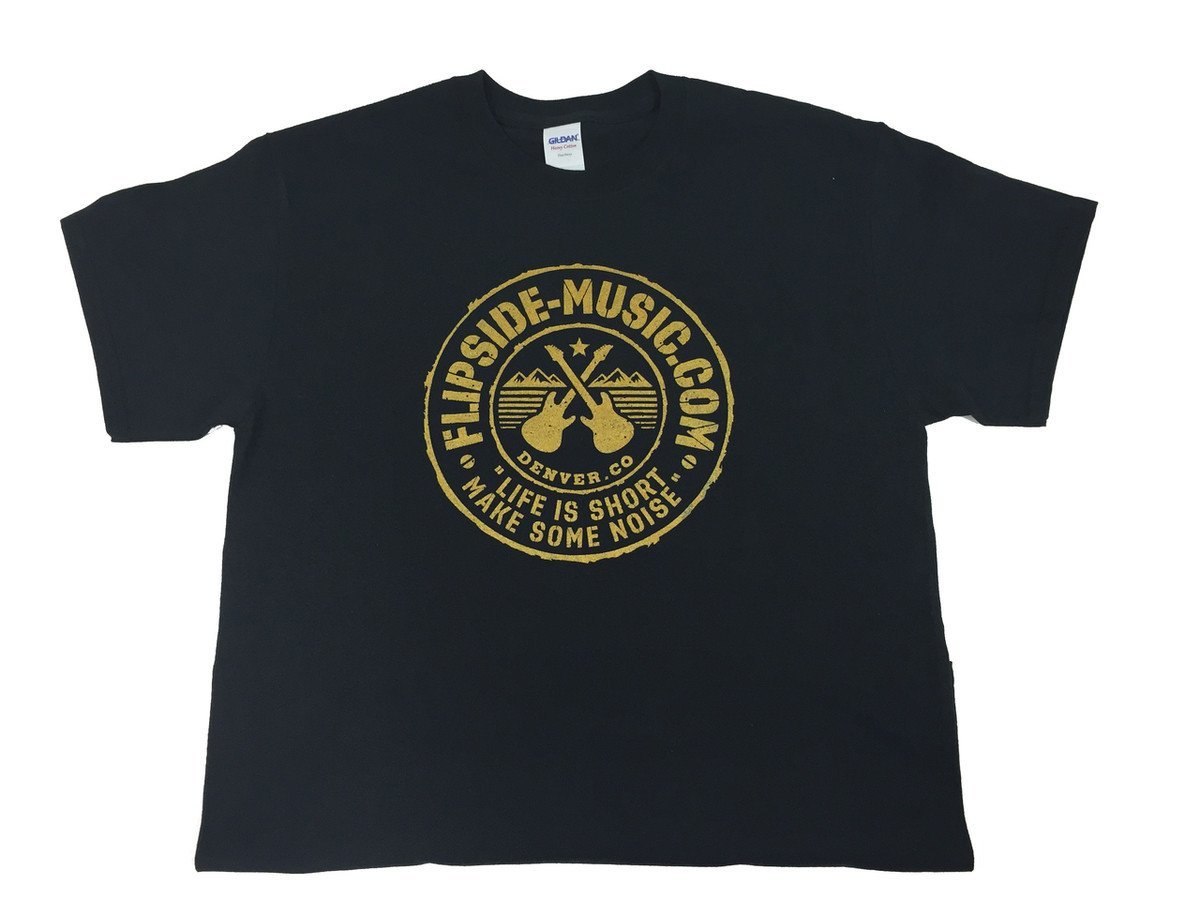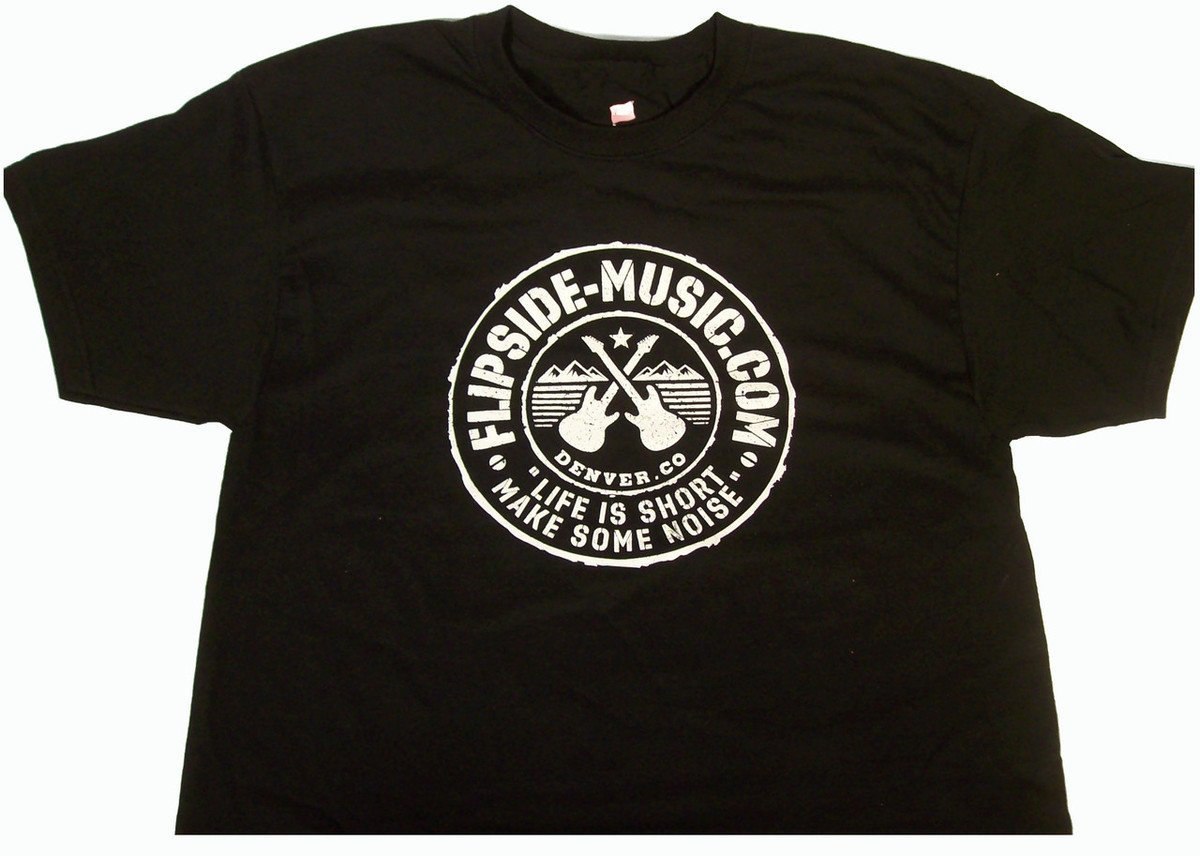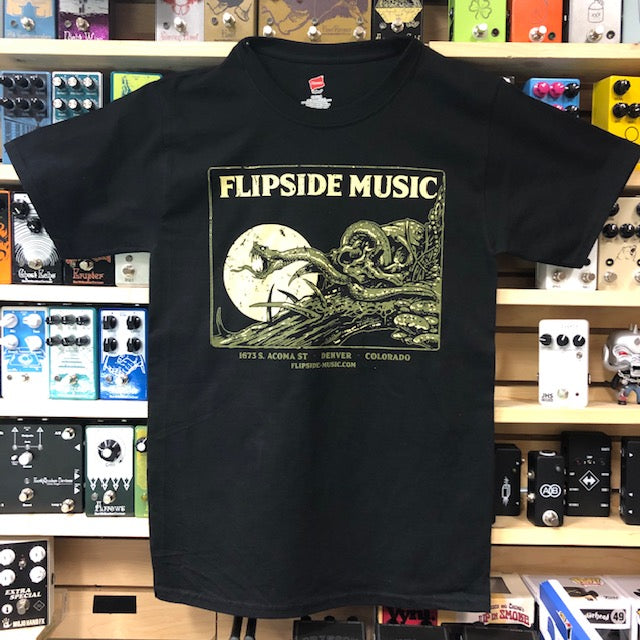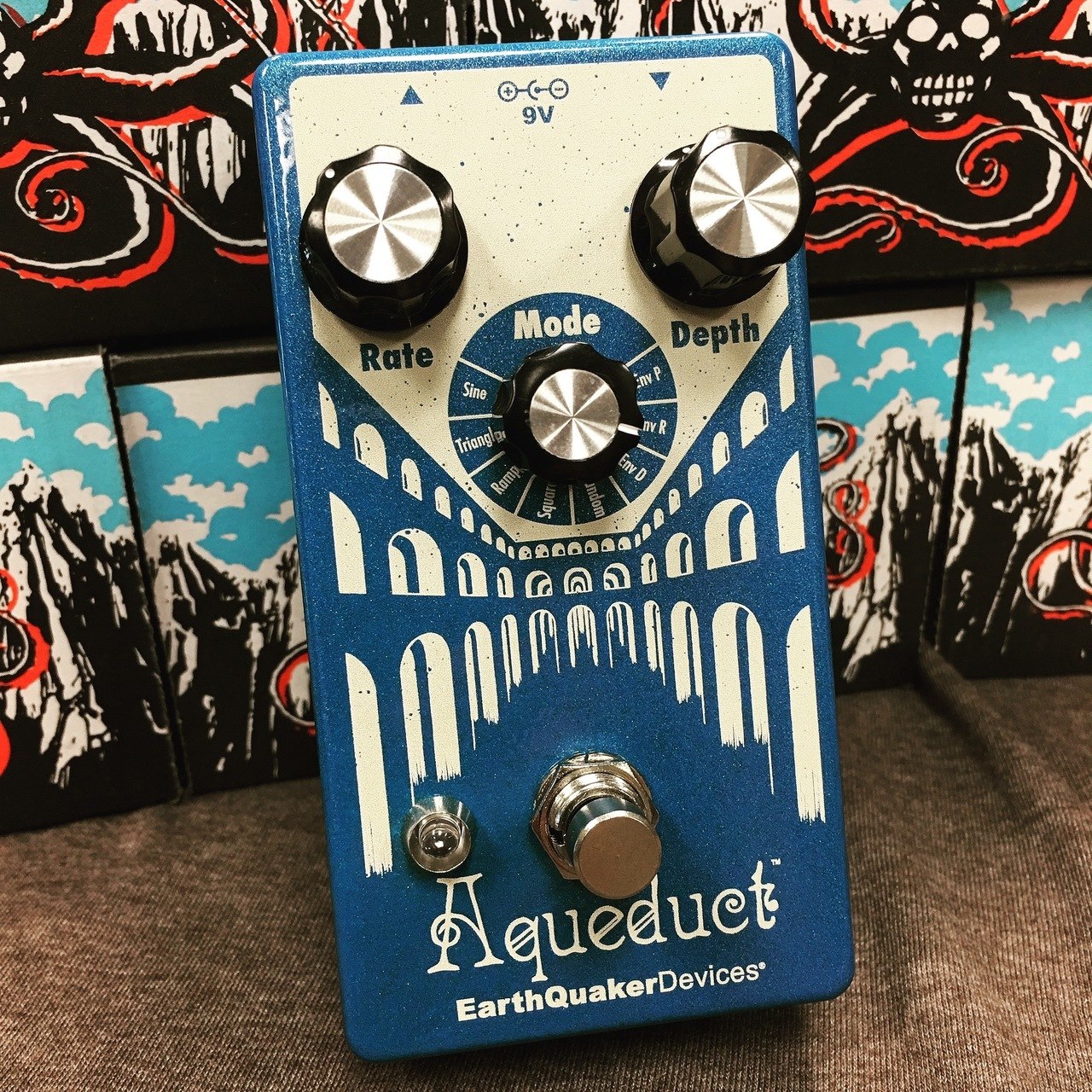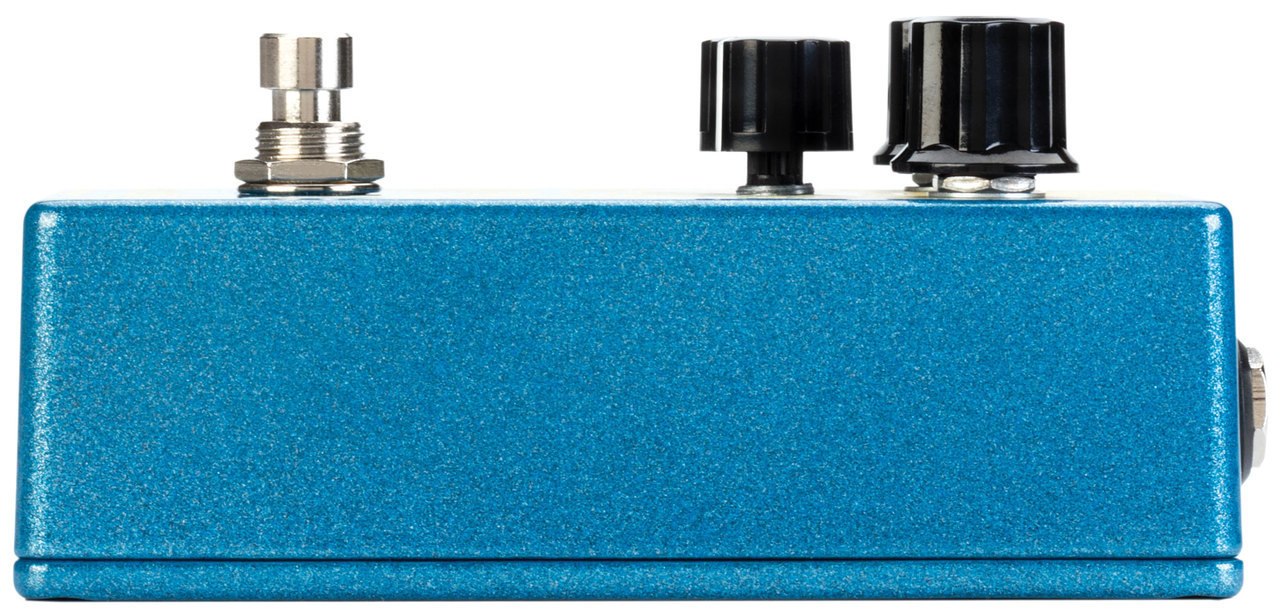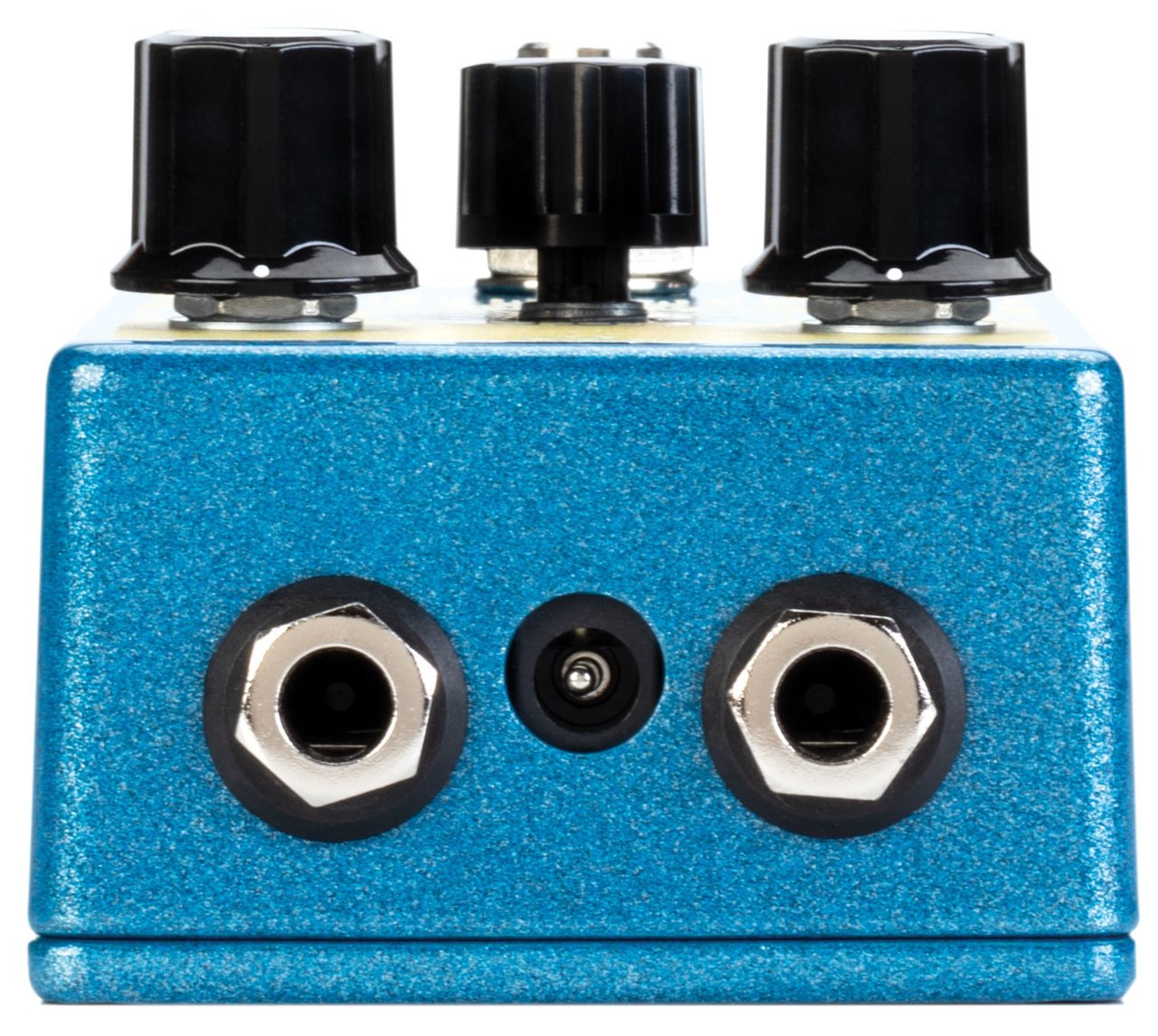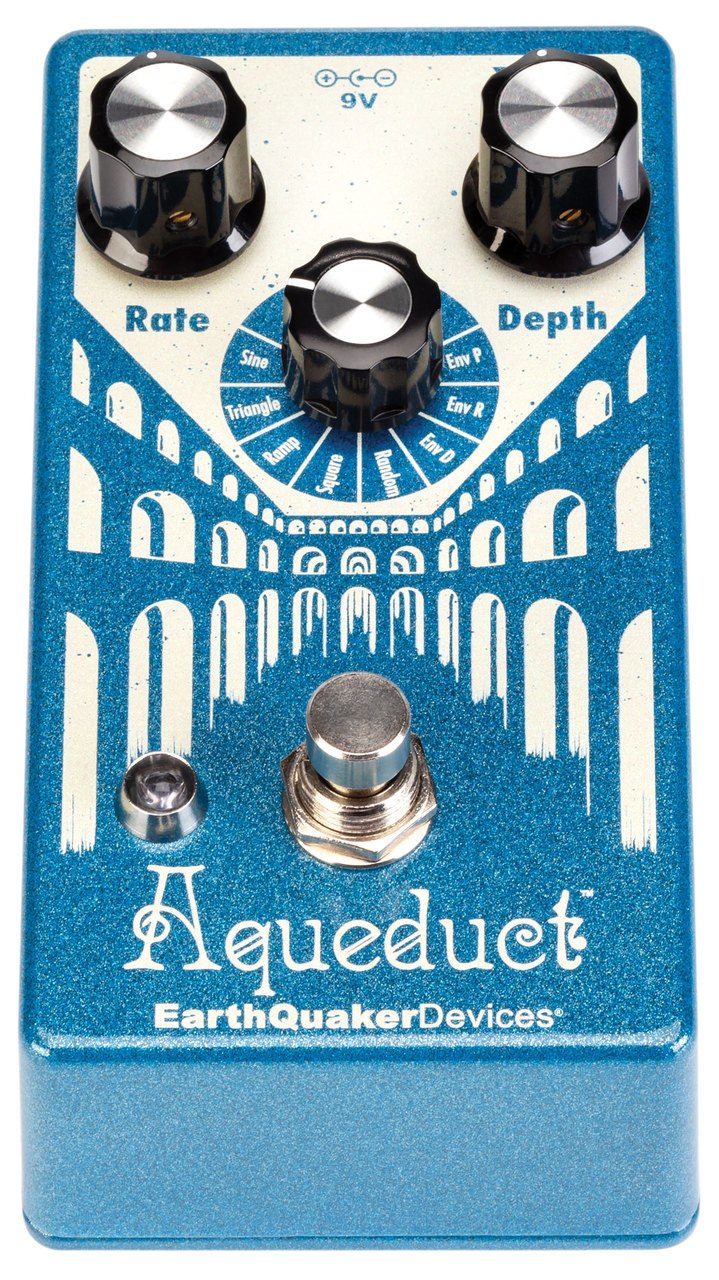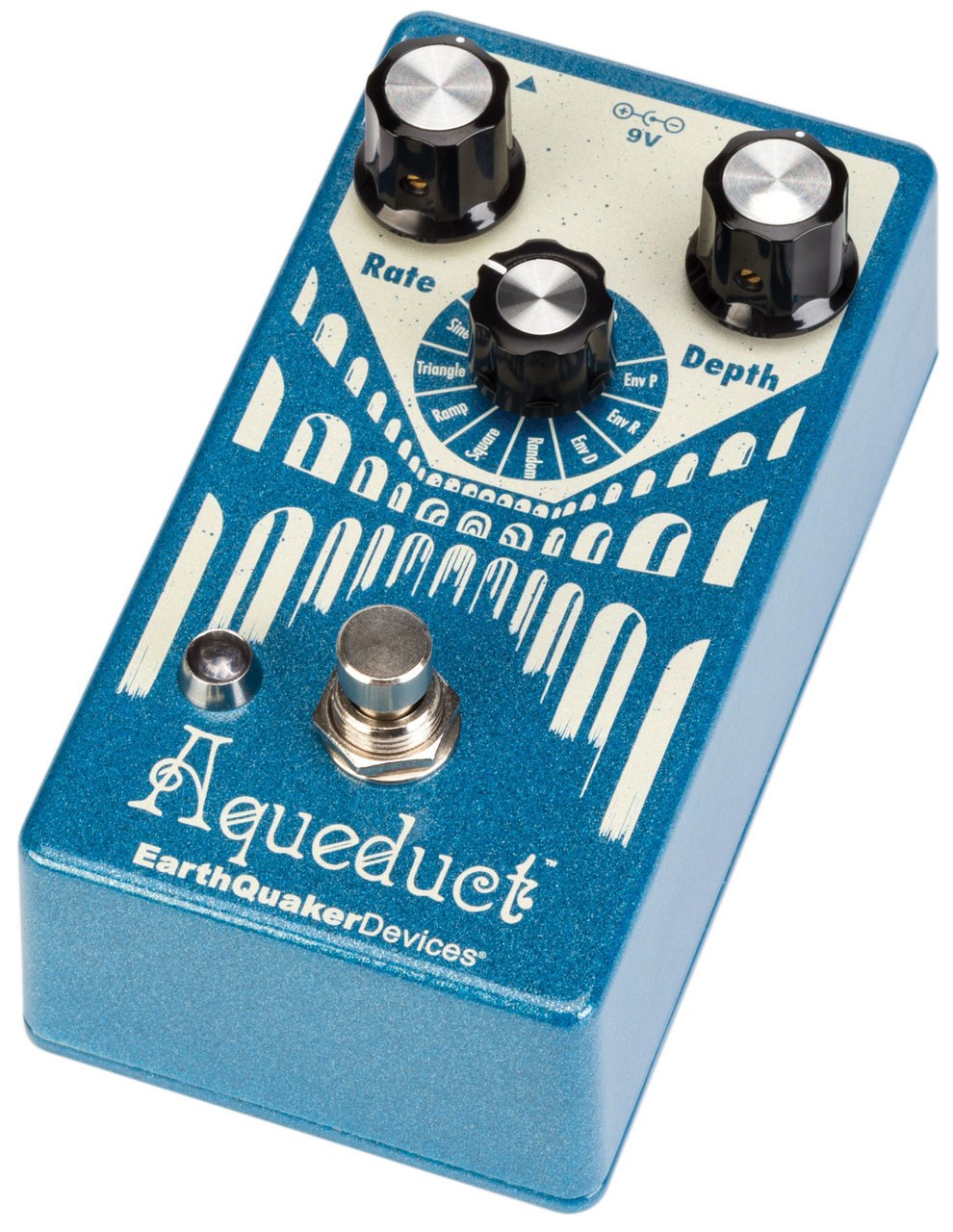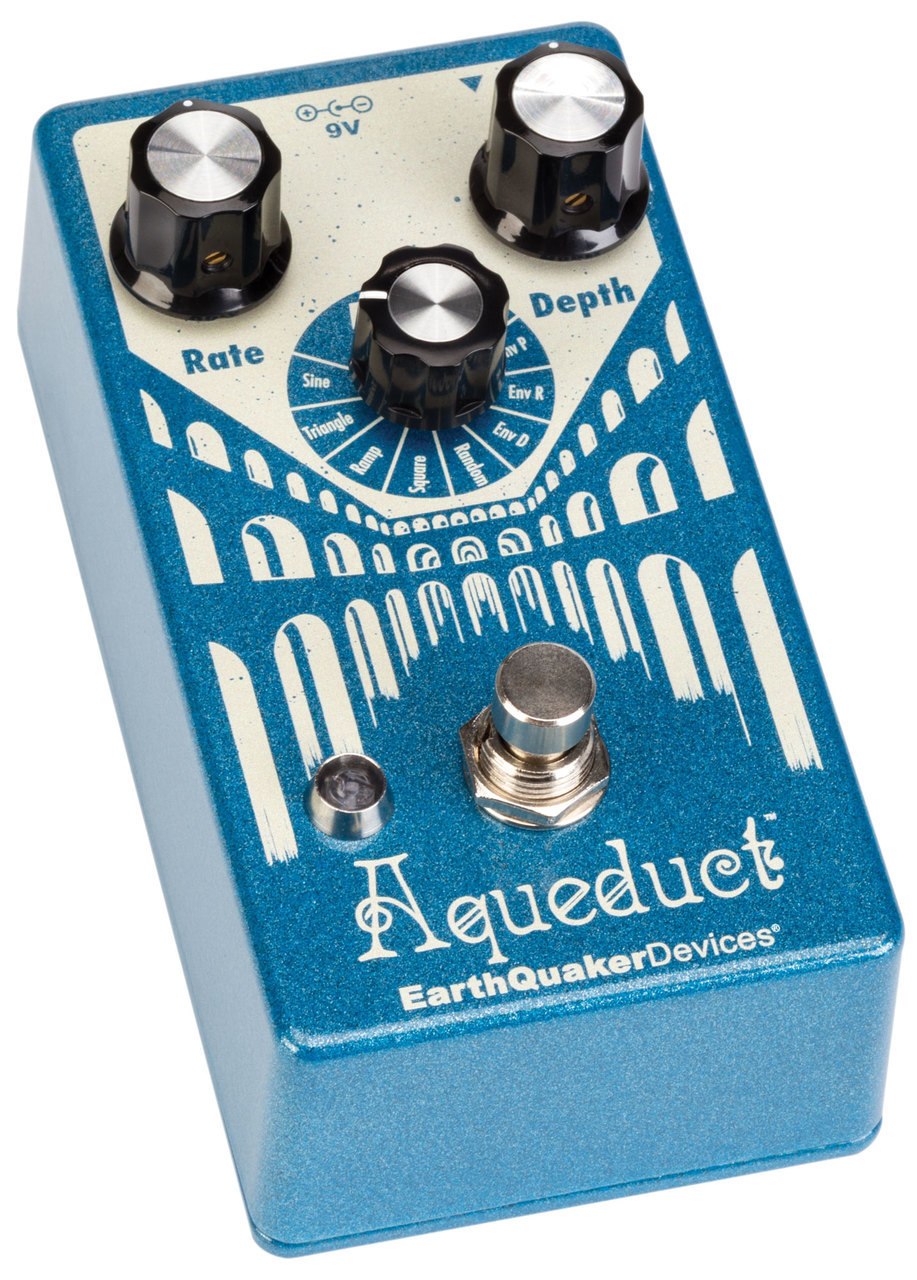Menu
All Effects by type
Used Effects PedalsPreampsBoost & OverdriveDistortionFuzzCompressorsChorus - Vibrato - RotaryPhaser - FlangerDelayReverbOctave - Pitch ShiftersWah - FilterVolume - ExpressionSynths - NoisemakersLoopersUtility - ABY - DI - FootswitchNoise Gates - BuffersMultieffectsInstrument TunersPower Supplies - AccessoriesPedalboards
Shop by Brand
29 PedalsAJ PeatAmpegAnalog Alien BBE SoundBeetronicsBenson AmpsBlack Arts ToneworksBlackbird PedalboardsBOSSCatalinbreadChase Bliss AudioCusack MusicDanelectroDeath by AudioDiezelDunlop ElectronicsDynox PedalsEarthquaker DevicesElectro-HarmonixElectronic Audio ExperimentsErnie BallEventide AudioFenderFredric EffectsFriedman
Shop by Brand (D-F)
Shop by Brand (G-M)
G&L GuitarsGator Cases Genzler AmplificationGoodwood AudioGreer Amps & PedalsHarmony GuitarsHenriksen AmpsHenry HellerHeritage GuitarsJAM PedalsJackson AudioJackson GuitarsJHSJ. Rockett AudioJOYO Kala UkuleleKeeley ElectronicsKemperKSR AmplificationLawrence Petross DesignsLevy's LeathersMad ProfessorMackie
Shop by Brand (M-R)
Instrument Brands
Alvarez GuitarsCMG GuitarsDel Toro GuitarsEVH GuitarsFender GuitarsG&L GuitarsCharvel GuitarsESP-LTD GuitarsHarmony GuitarsHeritage GuitarsJackson GuitarsKala UkuleleRepublic GuitarsReverend GuitarsSpectorSquier GuitarsTagima GuitarsTakamine GuitarsTexas Toast GuitarsWashburn GuitarsVola GuitarsYamaha
Instrument Parts
-
Effects
All Effects by type
- Used Effects Pedals
- Preamps
- Boost & Overdrive
- Distortion
- Fuzz
- Compressors
- Chorus - Vibrato - Rotary
- Phaser - Flanger
- Delay
- Reverb
- Octave - Pitch Shifters
- Wah - Filter
- Volume - Expression
- Synths - Noisemakers
- Loopers
- Utility - ABY - DI - Footswitch
- Noise Gates - Buffers
- Multieffects
- Instrument Tuners
- Power Supplies - Accessories
- Pedalboards
Shop by Brand
- 29 Pedals
- AJ Peat
- Ampeg
- Analog Alien
- BBE Sound
- Beetronics
- Benson Amps
- Black Arts Toneworks
- Blackbird Pedalboards
- BOSS
- Catalinbread
- Chase Bliss Audio
- Cusack Music
- Danelectro
- Death by Audio
- Diezel
- Dunlop Electronics
- Dynox Pedals
- Earthquaker Devices
- Electro-Harmonix
- Electronic Audio Experiments
- Ernie Ball
- Eventide Audio
- Fender
- Fredric Effects
- Friedman
-
Brands
Shop by Brand (D-F)
- D'Addario
- Danelectro
- Diezel
- DR Strings
- Dr. Z Amplification
- Dunable Guitars
- Dunlop Accessories
- Dynox Pedals
- Earthquaker Devices
- Electro-Harmonix
- Electronic Audio Experiments
- Ernie Ball
- ESP-LTD Guitars
- EVH Guitars
- Eventide Audio
- Fender
- Fishman
- Flipside Music Gear
- Floyd Rose
- Fredric Effects
- Friedman Pedals
Shop by Brand (G-M)
- G&L Guitars
- Gator Cases
- Genzler Amplification
- Goodwood Audio
- Greer Amps & Pedals
- Harmony Guitars
- Henriksen Amps
- Henry Heller
- Heritage Guitars
- JAM Pedals
- Jackson Audio
- Jackson Guitars
- JHS
- J. Rockett Audio
- JOYO
- Kala Ukulele
- Keeley Electronics
- Kemper
- KSR Amplification
- Lawrence Petross Designs
- Levy's Leathers
- Mad Professor
- Mackie
Shop by Brand (M-R)
- Magneto Guitars
- Marshall Amps
- Matthews Effects
- Maxon
- Meris
- Mojo Hand FX
- MONO
- Mooer Audio
- Mythos Pedals
- MXR
- Native Audio
- Nobles
- NUX
- Old Blood Noise Endeavors
- One Control
- Orange Amps
- Outlaw Effects
- Pedaltrain
- Pig Hog
- Planet Waves
- Poly Effects
- Porter Pickups
- Radial Engineering
- Rattlesnake Cable Company
-
Instruments
Instrument Brands
- Alvarez Guitars
- CMG Guitars
- Del Toro Guitars
- EVH Guitars
- Fender Guitars
- G&L Guitars
- Charvel Guitars
- ESP-LTD Guitars
- Harmony Guitars
- Heritage Guitars
- Jackson Guitars
- Kala Ukulele
- Republic Guitars
- Reverend Guitars
- Spector
- Squier Guitars
- Tagima Guitars
- Takamine Guitars
- Texas Toast Guitars
- Washburn Guitars
- Vola Guitars
- Yamaha
- Amplifiers
- Accessories
- Used Gear
-
Flipside Merch

